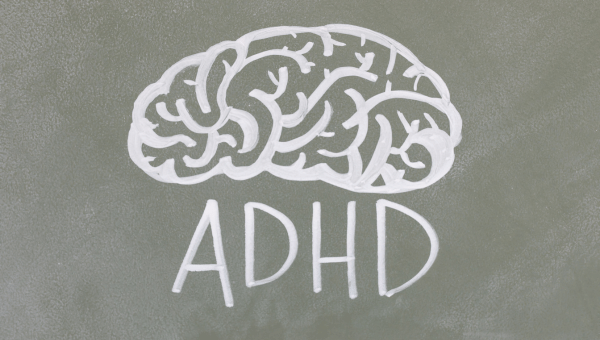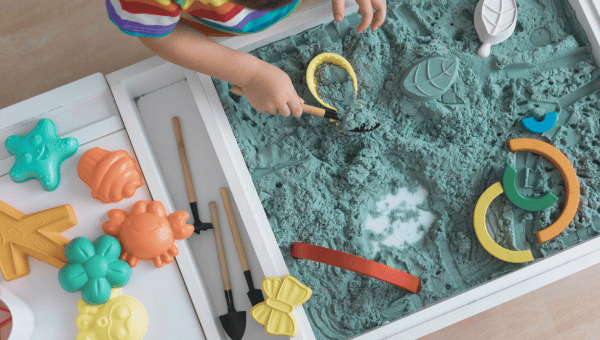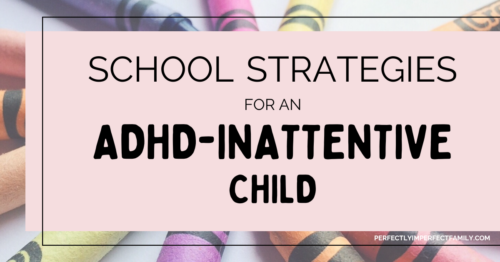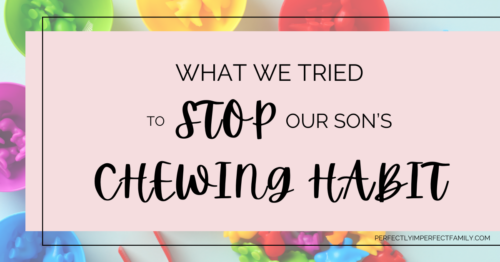Halloween Children’s Books That I Love To Read
I believe in the importance of teaching kids to read and fostering a love for it. In our household, Halloween-themed books are a fun way to get my children excited about reading. Here’s a list of our favorite Halloween books, which we enjoy reading together every season. Happy reading, and I hope you enjoy them too!
How I Love to Lose Track of Time Doing Puzzles
I love putting puzzles together; it’s my go-to activity for relaxation. Time seems to fly by when I’m focused on a puzzle. Whether it’s a holiday puzzle with my kids or a challenging 1000-piece one, we always enjoy working on them together. Puzzles are not only fun but also educational and creative, making them a family favorite!
My Favorite Time of the Year, I Love Fall!
I love the fall season, especially Halloween! My three S's of fall are Sweaters, Scents, and Scenery. I get excited to wear cozy sweaters, enjoy the comforting smells like spiced apple cider, and watch the beautiful autumn leaves change color in the mountains. Fall is the perfect time for family activities, and I’d love to hear what your family enjoys!
The Most Dreaded Week Of Elementary School
Red Ribbon Week is a great message, but it always brings one dreaded day: Crazy Hair Day. As a mom who's not great at hair, I stress over Pinterest ideas, waking up early to fix the kids' hair, and hoping it turns out. They’re good sports, but I can't wait until Crazy Hair Day is over!
School Strategies for an ADHD-Inattentive Child
Supporting a child with ADHD requires a structured environment, breaking tasks into manageable chunks, and using multisensory learning strategies. With consistent support from parents, teachers, and the community, children with ADHD can succeed academically. By implementing behavior management techniques and tailoring strategies to their unique needs, we can help them thrive in the classroom.
What We Tried to Stop Our Son’s Chewing Habit
When my son started chewing paper in elementary school, we struggled to find a solution. After trying gum, Tic Tacs, and sensory necklaces, we found success with chewable pencil toppers. Although he still chews on things, we’ve accepted it as part of who he is. Patience and trial-and-error helped us navigate his sensory needs.









